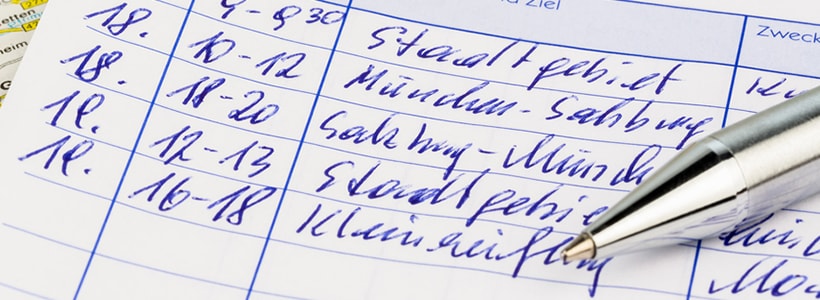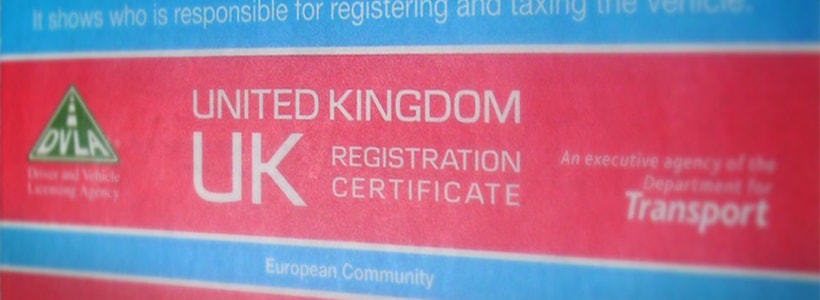
How To Check You’re Not Buying A Stolen Car
29th Mar, 2017
Pop culture has a lot to answer for in second hand car deals. When buying a car second hand, most people are very alert for anything suspicious going on – which isn’t necessarily a bad thing. But to be honest, though they do exist, dishonest scrap car dealers are a lot less common than people think.
Having said that, if you think you might be being scammed, here’s how to check if the car has been stolen:
- Ask for registration number, make and model of the car.
- Ask for its MOT test number.
- Check the verification of this information against the DVLA’s online records.
- Ensure it’s had its MOT test within the last 12 months.
- Check the V5C registration certificate.
- Check the Vehicle Identification Number for signs of tampering.
In case you’re not quite sure how to do all that, don’t worry – we’ve covered the full details for you below.
Checking The Basics Of Car Ownership

When it comes to stolen cars, one of the many nice things about the scrap car industry is that there’s a huge and powerful framework in place to help cut down on exactly that. In other words, organisations like the DVLA do most of the heavy lifting for you. If you suspect that something might be up with the car you’re looking at – and not in a good way – just ask the seller for the registration number, make, model and MOT test number of the car. (By the way, this should be the absolute bare minimum they should be able to provide.)
Then all you need to do is use the DVLA’s online vehicle enquiry service to make sure that what you’re being told matches the information they’ve got on their records. They’ll be able to tell you stuff like its year of manufacture, the date it was first registered, and when its current tax expires. If the details don’t match, then chances are it’s either not the same car, or there’s an effort being made to disguise it. Despite the name, in this field clones aren’t always perfect copies, so even a different paint job could mean that something is amiss. If in doubt, don’t take the risk.
Having A Look At The MOT

The next step is to check that the car’s MOT is up to date, and its history matches what you’re being told. An MOT test basically makes sure that your car is up to scratch in terms of its fitness to ferry you around, which means that it has to be taken annually at the very least. It is absolutely a legal requirement, so if it’s past its due date or the records don’t match up, there’s a good chance it could be dangerously unsafe. If the thought of that doesn’t make you double and triple-check, almost nothing will!
Inspecting The Logbook And VIN

If you’ve done all your research online and it all checks out, there are still a few things you can do when you go to see the scrap car in the flesh (or steel/iron alloy, or whatever). Ask to see the V5C vehicle registration certificate – or logbook, in common parlance. When you’ve got it in front of you, make sure that the number isn’t between BG8229501 to BG9999030, or BI2305501 to BI2800000. If it is, the V5C might be well have been nicked. Those numbers seems like very specific requirements, you might think, and you’d be right. Basically, logbooks with these numbers went missing from the DLVA in the mid-2000s, and they’re being used by crooks to create false vehicle identities. It’s a lot of numbers to go through, but we assure you it’s worth the effort.
One final thing; take a ganders at the Vehicle Identification Number to see if they’ve been replaced or tampered with. It’s a prime indicator of something fishy going on. You can find it in front of the engine block, or in the rear wheel well. If you can’t locate it, you could always ask the seller – and if they don’t know where it is, definitely think twice before buying the car.
At Scrap Car Network, integrity is a central principle to how we do business. That’s why all our scrap car dealers are Authorised Treatment Facilities, which are authorised and regulated by the governmental Environment Agency. You can read about other reasons to choose us here, or get right to our homepage to enter in your car details here and start scrapping your car today!
Don’t forget to follow us on Twitter: @ScrapCarNetwork